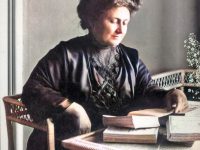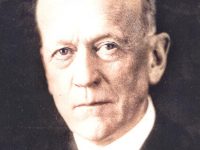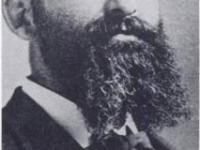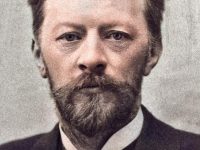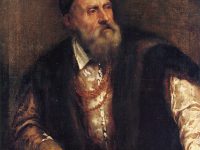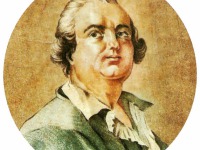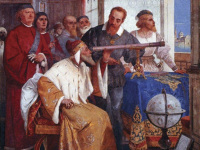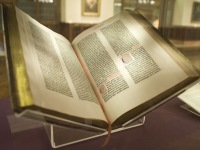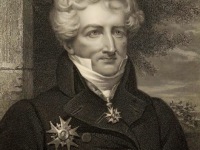Freedom within Limits – the Education Principles of Maria Montessori
On August 31, 1870, Italian physician and educator Maria Tecla Artemesia Montessori was born. She is probably best known for the philosophy of education that bears her name, and her writing on scientific pedagogy. Her educational method is in use today in public and private schools throughout the world. “We discovered that education is not something which the teacher does, but that it is a natural process which develops spontaneously in the human…
Read more

